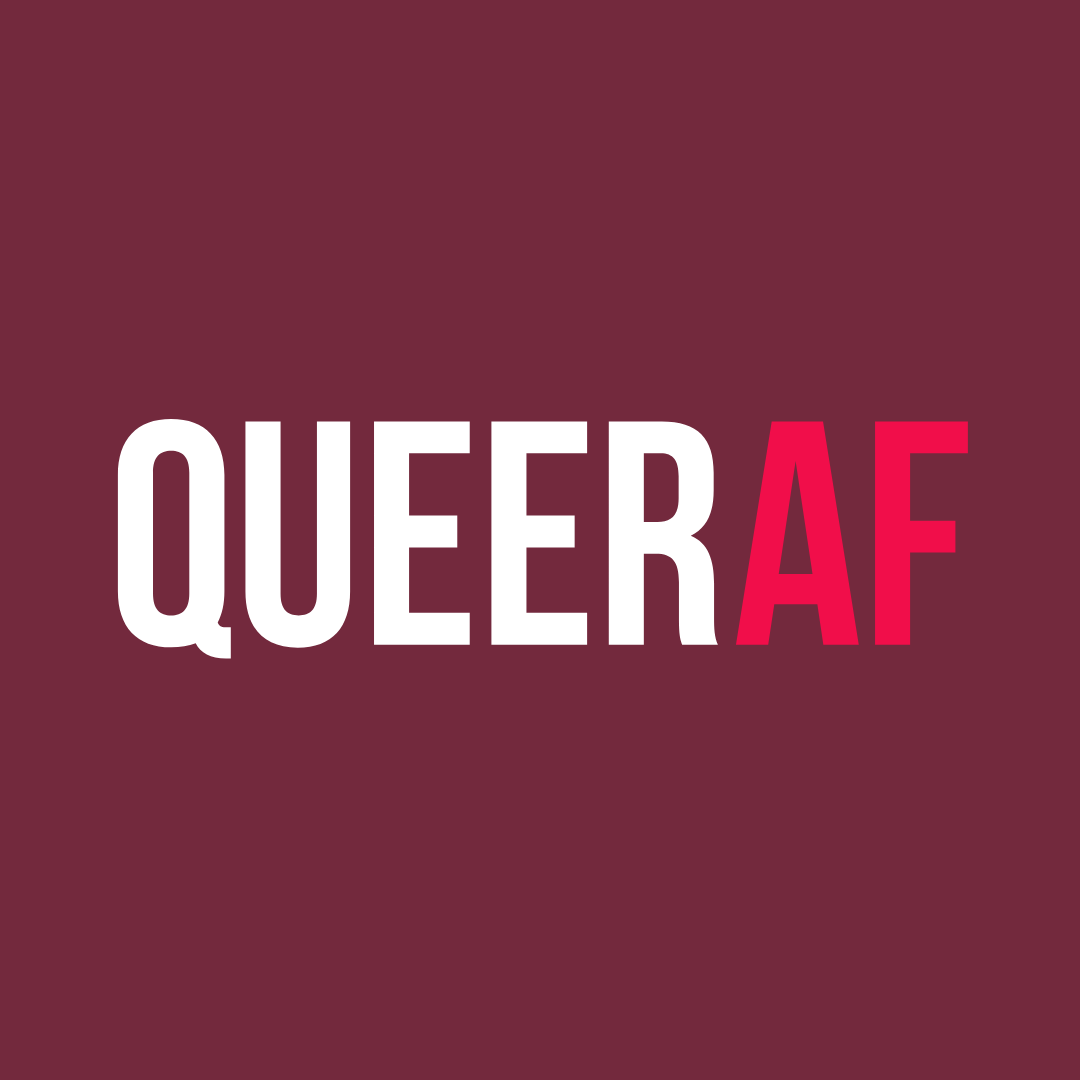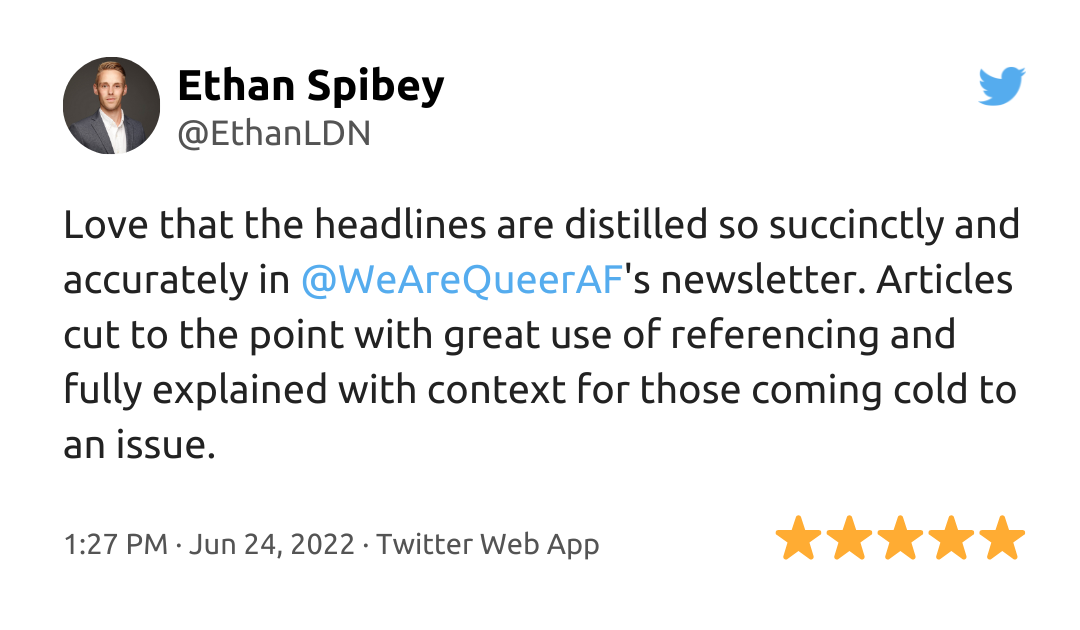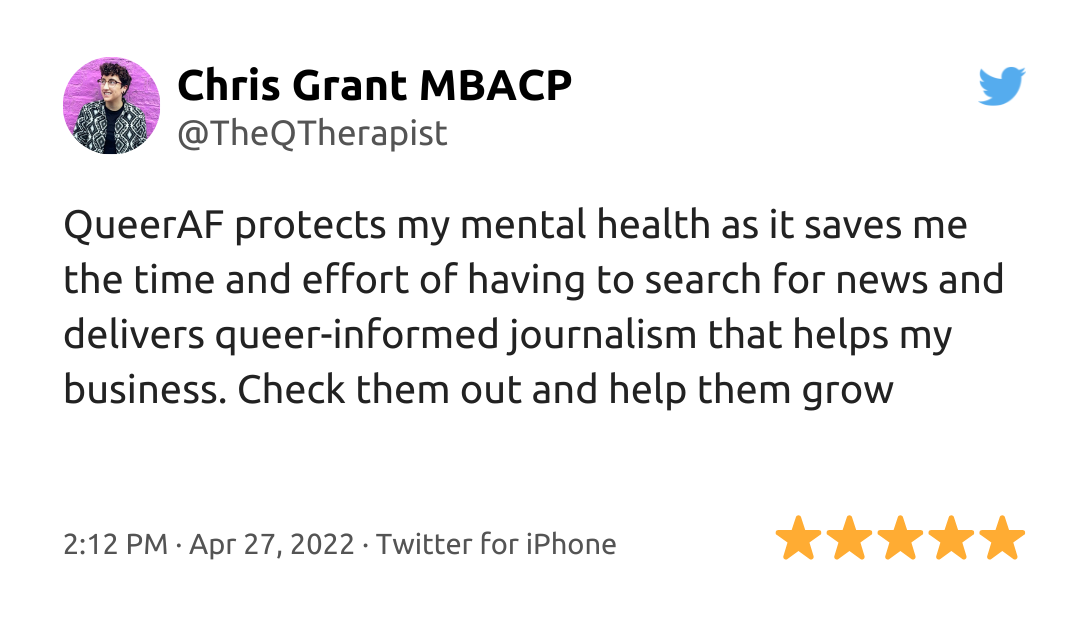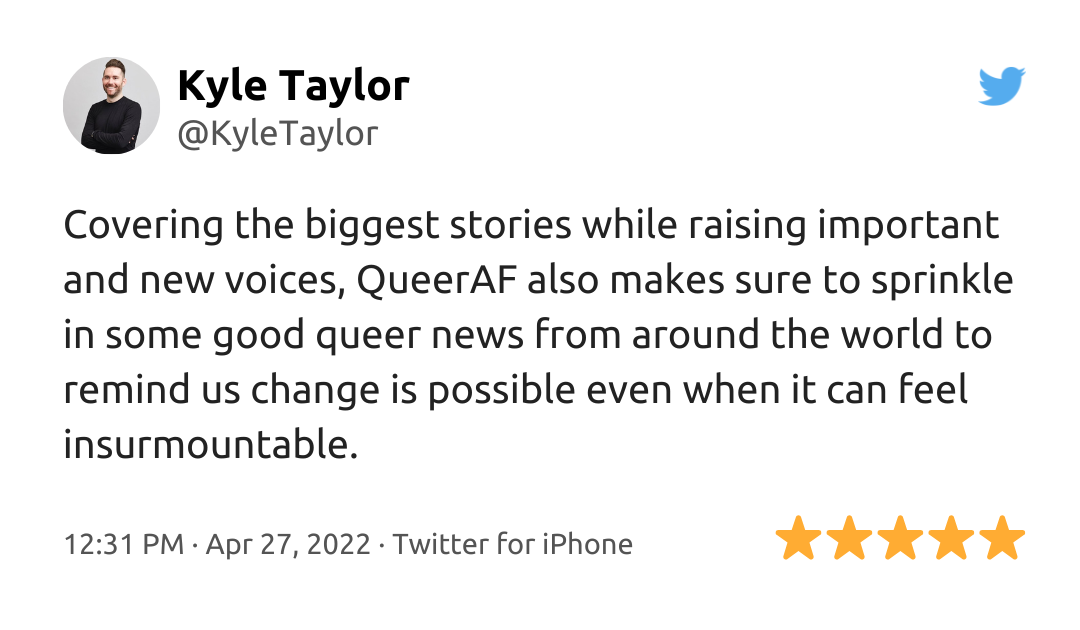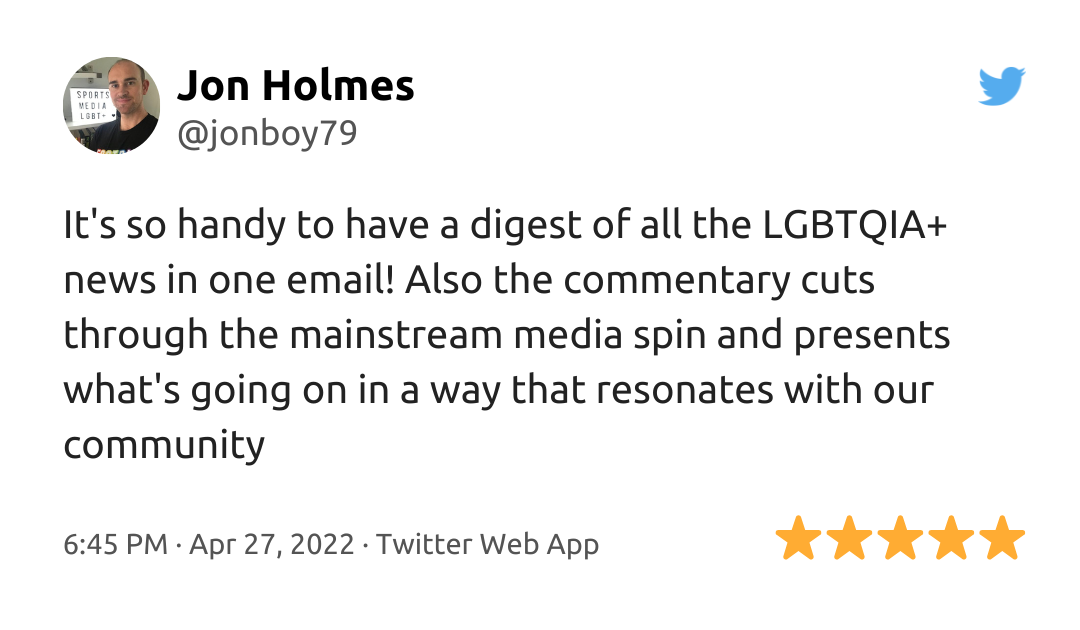
Reflecting on my journey to embracing my chubby body mirrors my experience of coming out as queer. Both processes have forced me to challenge norms, unlearn stigma and redefine myself.
To “queer” something means going against societal norms. So, learning to love my fat body feels to me like queering the goal of thinness - a goal pushed on us by society.
And actually, there’s a long, shared history between fat activism and queer activism.
Many individuals belong to both groups, fighting for liberation through the intersections of their identities. Groups like the Fat Dykes have organised around both fatness and queerness.
And yet queer spaces have often been fatphobic, highlighted in the pervasive phrase ‘no fats, no femmes’ that is often used on dating apps.
Equally, fat liberation movements have sometimes overlooked marginalised communities in favour of focusing on a singular issue, body size, without considering race, gender or sexuality.
In both fatness and queerness, we challenge societal norms and face stigmatisation for simply existing as we are.
We’re medicalised, pathologised, discriminated against, and denied bodily autonomy. Fatness also links to gender in complex ways. It can masculinise women, feminise men, or add unwanted curves to non-binary folks.
Outdated tools like BMI even block access to gender-affirming care and family planning options like IVF or adoption, which many queer people seek out.
Historically, both fat and queer people have been viewed as deviant, with society scrambling to find “causes” for our existence.
As Kathleen LeBesco describes, “coming out” as fat, means expressing that you are no longer on your way to being thin. For me, coming out as fat was a gradual process, but it’s one that’s allowed me to accept my body without shame.
I stopped waiting for permission to wear clothes I loved. I stopped eating foods I hated just to change my appearance.
This shift allowed me to stop viewing my body as something in transition — a “before.” Now, I wear what I want, not just what’s considered “flattering.”
I have chub-rub shorts in every colour and loudly recommend them to anyone who will listen. I’ve become vocal about fatphobia, pointing out weight stigma in the media and my day-to-day life.
It started small: wearing sleeveless tops, getting tattoos on my belly, allowing myself to eat in public, and buying clothes that fit me as I am now.
I surrounded myself with diverse body types online and began to educate myself on the discrimination fat bodies face, from medical bias to media representation.
Now, my anti-diet, fat-liberationist beliefs are a core part of my identity, right alongside my queerness. I’m constantly unlearning harmful ideas about fatness, health, and morality.
Fat liberation and queer liberation are intertwined. Both movements fight for bodily autonomy, and neither can succeed while bodies are still being policed based on gender, sexuality, or size.
Intersectionality matters. Fat trans people and fat people of colour in particular face increased discrimination. As someone at the smaller end of the fat spectrum, I know my experience is privileged compared to those in larger bodies.
Ultimately, the fight for fat liberation needs queer liberation, and vice versa. We cannot have true freedom for one without the other.

Get the Queer Gaze in your inbox each week with our free weekly newsletter or pitch to write an edition for us now.
Leading The Charge
You don’t have to take our word for how important our memberships are:
“These folks are leading the charge on doing queer journalism different, and doing it right. Some of my favourite work *as* a trans journalist has been done here”
That’s what QueerAF contributor William Elisabeth Cuthbert says about how valuable our work is.
William has used their QueerAF portfolio to go on to get multiple commissions in national papers, including the Metro.
That’s the power of our work. We’re training queer creatives, who go on to change newsrooms, and change the country.
Support that mission - and join 350+ QueerAF members who make our ad-free newsletter, and commissioning schemes possible:


